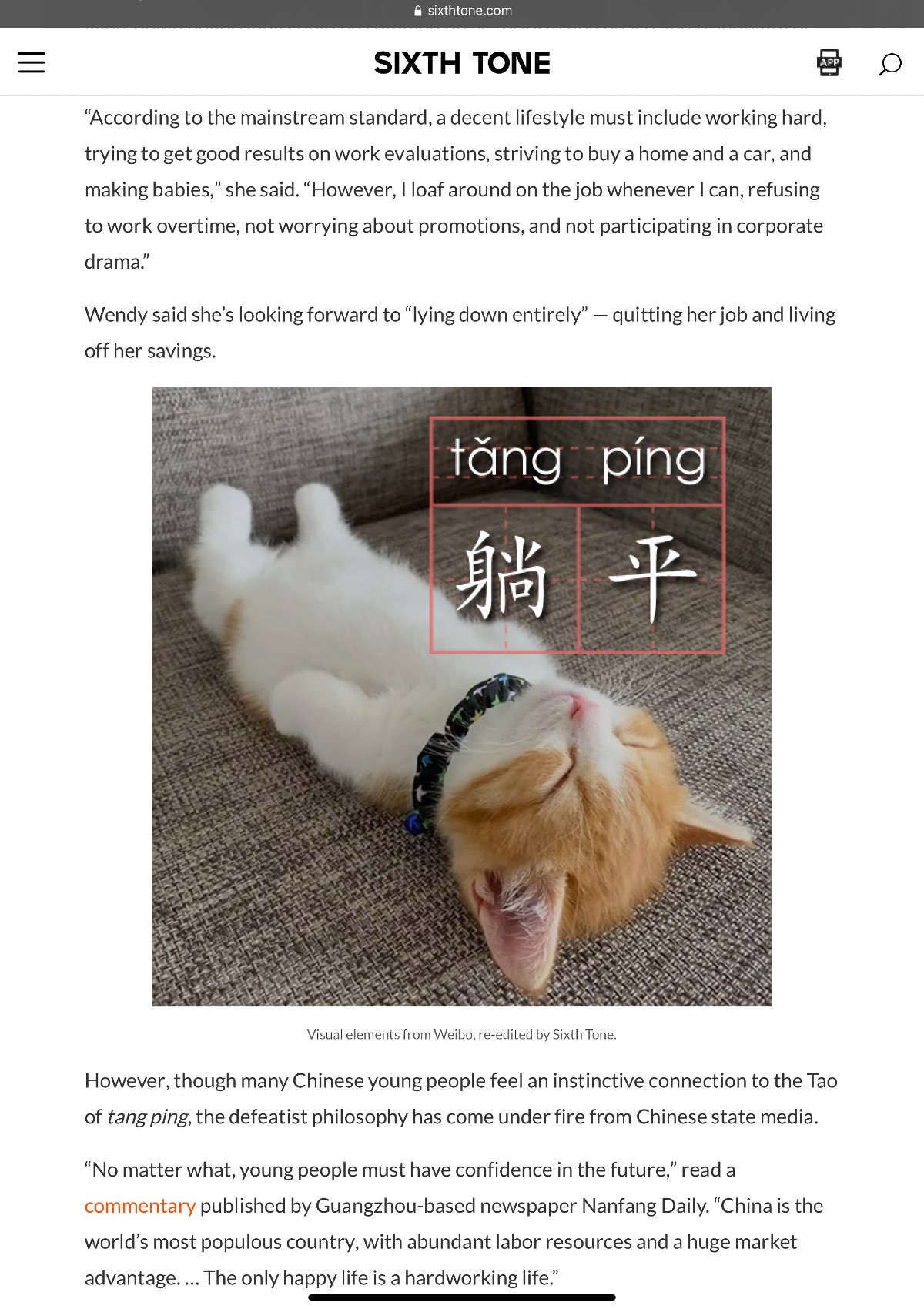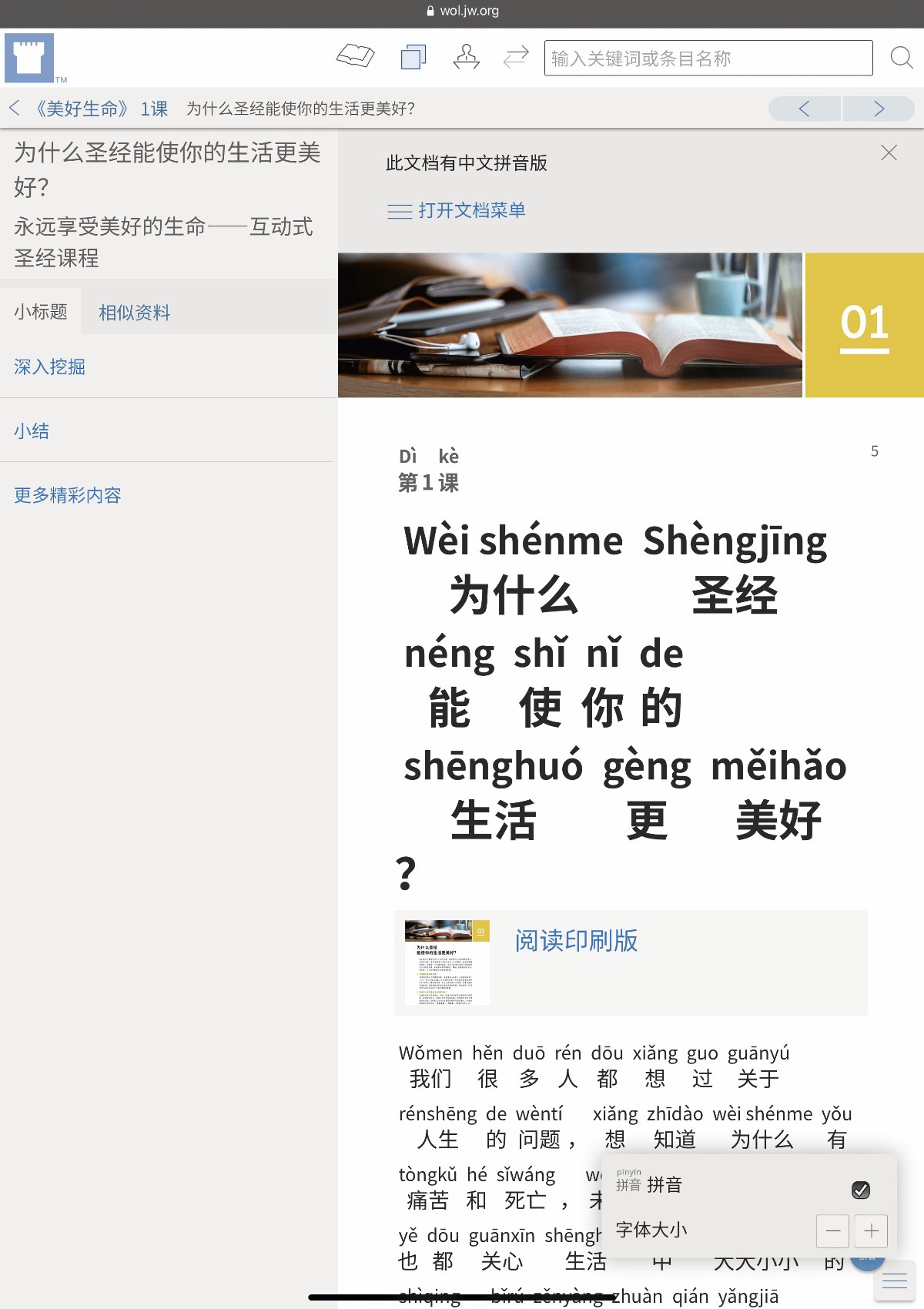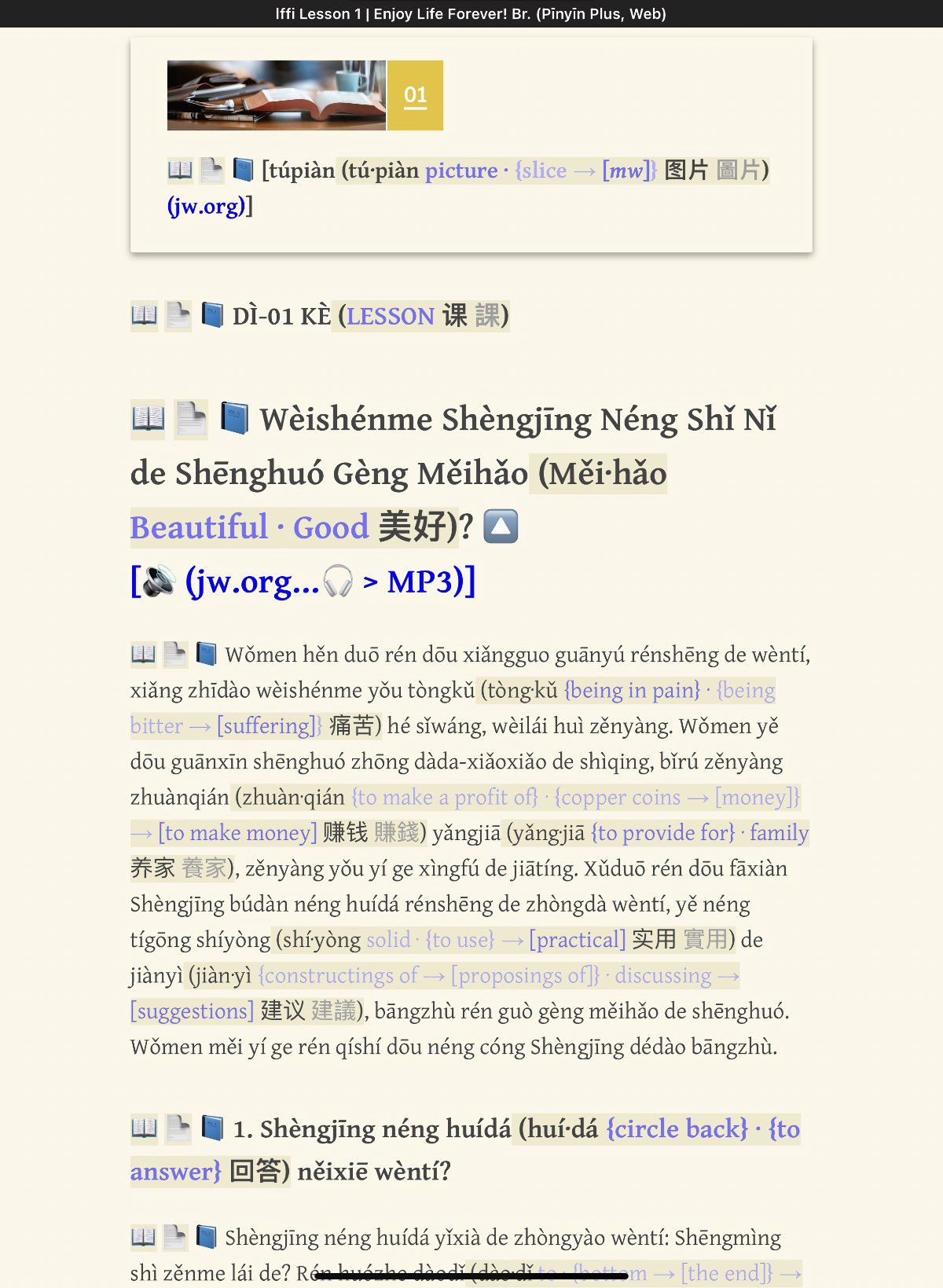tǎngpíng (tǎng·píng lie; recline · {[to be] flat} 躺平) ← Tap/click to show/hide the “flashcard”
I recently came across an interesting article on the website Sixth Tone*, about this week’s MEotW, “tǎngpíng (tǎng·píng lie; recline · {[to be] flat} 躺平)”.
This Sixth Tone article is about how some cool cats are dropping out of the Chinese rat race.
The article briefly describes how this word is being used now by people in China:
China’s young people have coined yet another neologism to reflect their growing disillusionment with the country’s often oppressive work culture. Rather than trying to keep up with society’s expectations or fight them, many are resolving to simply “lie down.”
The new lifestyle buzzword, tang ping, stems from a now-deleted post on forum site Tieba. Unlike similar, previous terms to have had their time in the spotlight in recent years, tang ping is an action rather than a feeling — resolving to just scrape by, exerting the bare minimum effort at an unfulfilling job, as opposed to the futility of raging against the capitalist machine.
Chinese “Rat Race”
The above reference to China’s “often oppressive work culture” may remind one of the English term “rat race”, which is referred to later in the above-mentioned article. The Online Etymology Dictionary tells us about an early application of “rat race”:
A rat race is … a simple game of “follow the leader” in fighter planes. The leader does everything he can think of — Immelmanns, loops, snap rolls, and turns, always turns, tighter and tighter. [Popular Science, May 1941]
Of course, “rat race” also went on to refer to “fiercely competitive struggle”. Wikipedia describes it this way:
A rat race is an endless, self-defeating, or pointless pursuit. The phrase equates humans to rats attempting to earn a reward such as cheese, in vain. It may also refer to a competitive struggle to get ahead financially or routinely.
The term is commonly associated with an exhausting, repetitive lifestyle that leaves no time for relaxation or enjoyment.
The Most Rational Choice?
Continuing on, the Sixth Tone article goes into an interview with Huang Ping, a literature professor at East China Normal University who researches youth culture:
“The state is worried about what would happen if everyone stopped working,” said Huang. But he doesn’t necessarily agree with the media reactions. “Humans aren’t merely tools for making things,” he said.
To lie down is a rational choice rather than a negative attitude, Huang explained. For some young people, it’s a way for them to unburden themselves. “When you can’t catch up with society’s development — say, skyrocketing home prices — tang ping is actually the most rational choice,” he said.
…
According to Professor Huang, lying down can be seen as the opposite of involution — a decades-old academic term referring to societies becoming trapped in ceaseless cycles of competition that resurfaced last year as an online buzzword in China. [“Nèijuǎn (Nèi·juǎn inner · rolling → [involution] 内卷 內卷/捲)”, the Mandarin word for this, is a past MEotW.] “In a relatively good social environment, people may feel involuted, but at least they’re trying,” he said. “If it’s worse, people will tang ping.”
A Rational Reaction of Mandarin-Learners to Chinese Characters?
Many who are learning Mandarin to help in the Mandarin language field find the Chinese characters writing system to be unreasonably difficult to learn and use for regular human beings in their situation. So, kind of like the people mentioned above who are faced with China’s “often oppressive work culture”, they stop trying to deal with Chinese characters and tǎngpíng (tǎng·píng lie; recline · {[to be] flat} 躺平), some even ultimately leaving the Mandarin field because of this.
Is this a rational reaction? Besides just toughing it out, is there another alternative to just quitting the Mandarin field because of the extraordinary difficulties associated with Chinese characters?
Chinese characters are indeed so complex and haphazardly designed that trying to learn them (and also remember them) is an unachievably difficult ordeal for all but a talented/stubborn minority. So, for many, it may indeed be rational to tǎngpíng (tǎng·píng lie; recline · {[to be] flat} 躺平) when it comes to the traditionally mandated Chinese characters.
Thankfully, though, the simple, elegant Pīnyīn (Pīn·yīn {Piecing Together} · Sounds → [Pinyin] 拼音) writing system for Mandarin offers a reasonable alternative to Chinese characters in many situations. Some may be reluctant to use it because of being concerned about miànzi (miàn·zi face · [suf for nouns] [→ [reputation; prestige; esteem; honor]] 面子) (a past MEotW) in the eyes of character-loving Chinese traditionalists, but really, as ones who seek to walk on the narrow road Jesus spoke of, the approval of the tradition-loving majority should not be something we are overly concerned about.—Matthew 7:13, 14.
With the help of Pīnyīn (Pīn·yīn {Piecing Together} · Sounds → [Pinyin] 拼音) and a proper focus on Mandarin speech instead of on the traditionally mandated Chinese characters (while just learning as many characters as they reasonably can), many who in all rationality have chosen to tǎngpíng (tǎng·píng lie; recline · {[to be] flat} 躺平) with regard to focusing on Chinese characters can still make a go of it in the Mandarin field.—1 Corinthians 14:8–11.
“Everything Was Futile”
Those caught up in getting ahead in this human world ruled by Satan indeed experience the truth of Solomon’s words at Ecclesiastes 1:14:
I saw all the works that were done under the sun,
And look! everything was futile, a chasing after the wind.
Thankfully, God also inspired Solomon to record these words at Ecclesiastes 12:13 that tell us what actually does give meaning and purpose to our lives:
The conclusion of the matter, everything having been heard, is: Fear the true God and keep his commandments, for this is the whole obligation of man.
Sixth Tone is an online magazine owned by the Shanghai United Media Group, a state media company controlled by the Shanghai committee of the Chinese Communist Party (CCP). It is published in English from China, and its readership is intended for people in Western countries.
It appears, though, that Sixth Tone is not purely China-boosting political propaganda. Vincent Ni, a senior journalist at the BBC World Service in London, commented as follows:
Mainstream outlets such as the BBC often cite Sixth Tone as their source when reporting on Chinese social stories… For foreign journalists, it has also shown a diverse and authentic side of China that rarely received much attention elsewhere.
…
The success of Sixth Tone might be explained by the bigger change happening in China’s media scene over the past few years. Although the Communist Party has intensified its control, it has also allowed many forms of media entrepreneurship. Anecdotally, this is, in part, because of a lack of impact overseas by traditional Chinese party-owned newspapers.
…
Nowadays, an investment in media is not something that can solely be done by the government. Private capital has also joined the game, and these firms are making profits.
…
This is a significant change in China’s media scene. While few would be able to fight the Communist Party’s stringent and increasingly sophisticated censorship rules, the abundance of funding has liberated Chinese journalists who have long been complaining about a lack of freedom and resources. These days, journalists working in start-ups say they have greater freedom to report on topics that would not be possible in well-established traditional media
I have found information on Sixth Tone that helps us to understand some of the things that people in China are concerned about. Perhaps such information can help us as we talk to people from China in our ministry. ^


